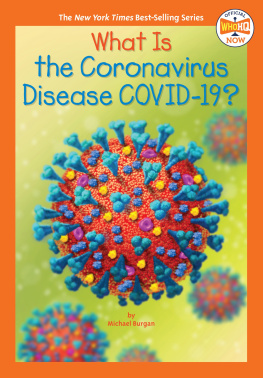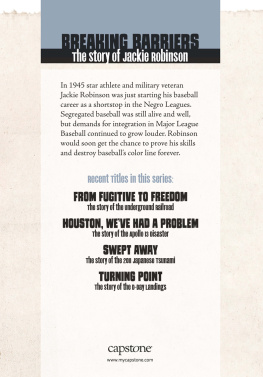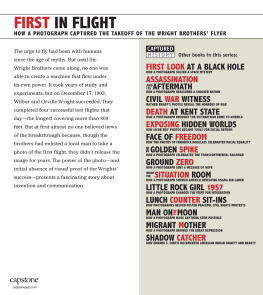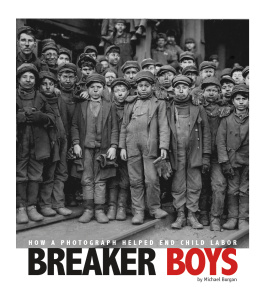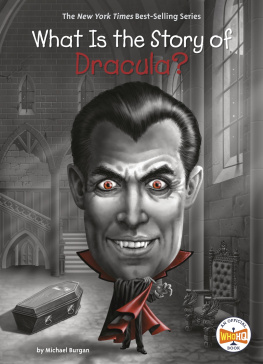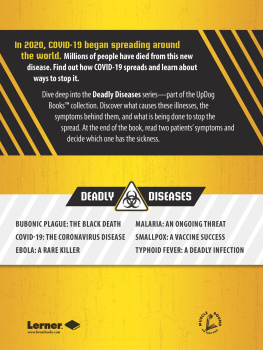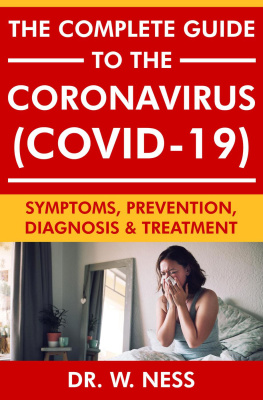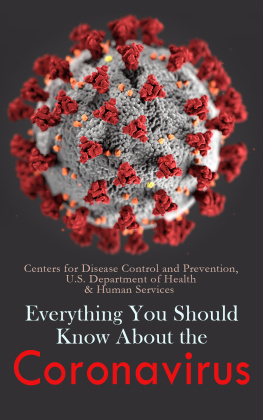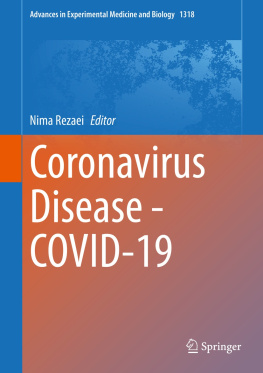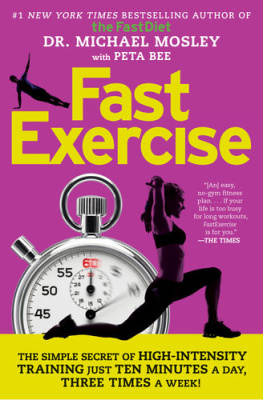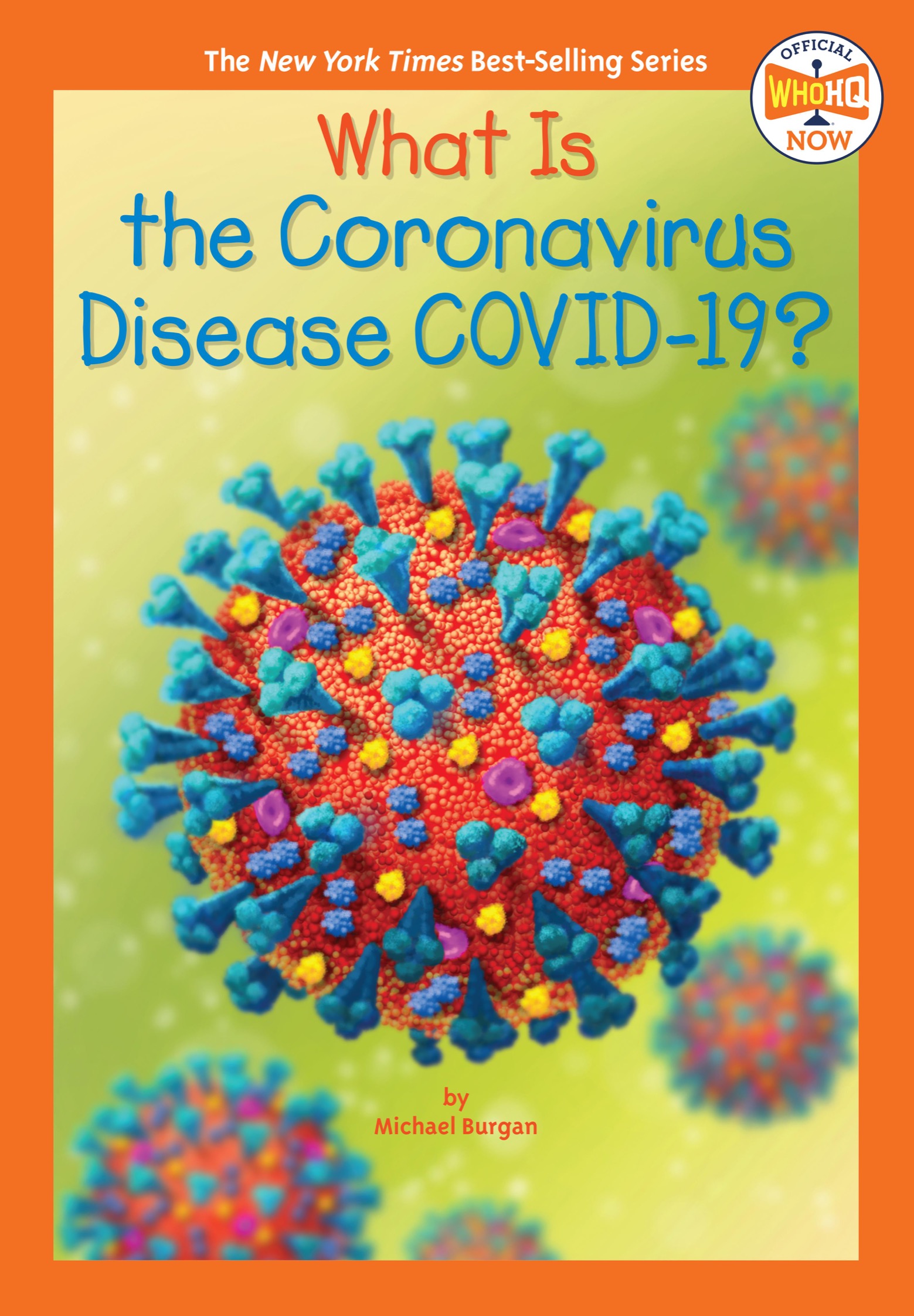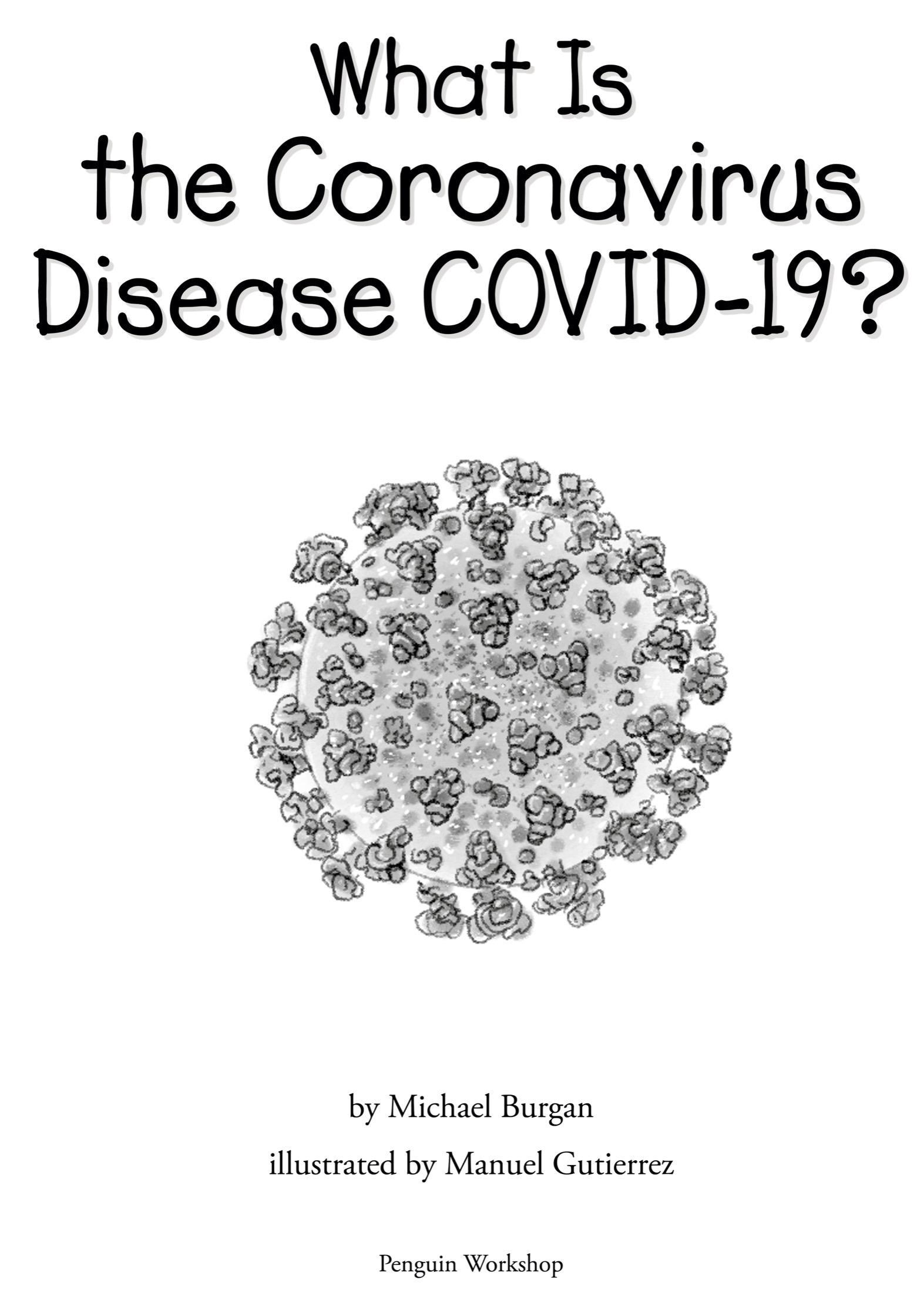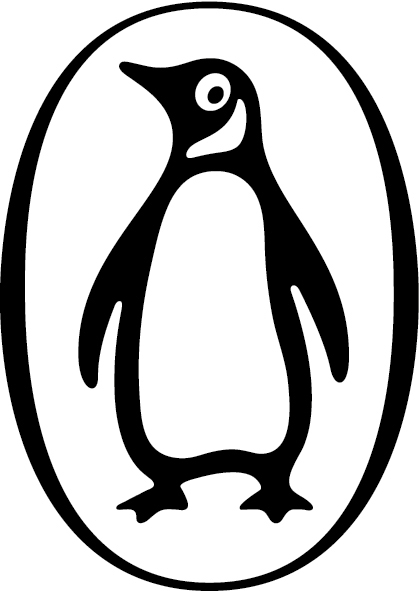To the health-care professionals who have worked so tirelessly to treat the victims of COVID-19MB
First published in the United States of America by Penguin Workshop, an imprint of Penguin Random House LLC, New York, 2021
Penguin supports copyright. Copyright fuels creativity, encourages diverse voices, promotes free speech, and creates a vibrant culture. Thank you for buying an authorized edition of this book and for complying with copyright laws by not reproducing, scanning, or distributing any part of it in any form without permission. You are supporting writers and allowing Penguin to continue to publish books for every reader.
PENGUIN is a registered trademark and PENGUIN WORKSHOP is a trademark of Penguin Books Ltd. WHO HQ & Design is a registered trademark of Penguin Random House LLC.
Visit us online at penguinrandomhouse.com.
The publisher does not have any control over and does not assume any responsibility for author or third-party websites or their content.
What Is the Coronavirus Disease COVID-19?
In March 2020, people in New York City began to open their windows each evening at 7:00 p.m. Some stood on balconies and fire escapes. Then, they began to make a lot of noise. Some clanged on pots and pans. Others clapped their hands, sang, or played music.
All that noise had a purpose. New Yorkers, as well as people all over the United States and around the world, were in their homes, trying to stay safe. They wanted to show their support for essential workers and the doctors, nurses, and others who were working hard to fight a new virus that was spreading quickly. Health-care workers were treating the people who were very sick from the disease caused by the virus. At times, the doctors and nurses couldnt cure some of their patients. Hundreds of thousands died. What was this virus, and why was it such a threat to people in the United States and around the entire world?
CHAPTER 1
Viruses and Pandemics
Every day, were surrounded by tiny particles that shape our lives. Some are living organisms called bacteria. Bacteria can be helpfulfor example, ones in our stomach help digest our food. Other bacteria can cause disease. So can viruses, another kind of very tiny organism.
Unlike bacteria, viruses are not alive. But they do contain chemicals, like DNA, that help living things survive. Those chemicals are surrounded by a layer of protein. Although they arent actually alive, viruses have a missionto make copies of themselves. To do that, they need to invade the cells of an animal or a person.
Once inside the cells, a virus can damage or destroy them, which can in turn make a person sick. In the worst cases, the illnesses caused by the virus are deadly. The human body has a natural defense, called the immune system, that can attack invaders like bacteria and viruses. But when a new virus appears and infects people for the first time, their immune systems dont recognize the virus. They cant destroy the virus and stop it from spreading.
One common group of viruses is called coronaviruses. Under a microscope, they look like round balls covered with tiny spikes. Not all coronaviruses cause disease, but most people have felt the effects of some of them. Coronaviruses are the reason for the coughs, sniffles, and sneezes of the common cold.
Some harmful coronaviruses can spread quickly and infect many people in a particular region. This is called an epidemic. If the virus keeps spreading around the world, it creates whats called a pandemic. The virus that sickened so many in 2020 was a type of coronavirus. The disease it causes is called COVID-19. The coronavirus sparked one of the worlds deadliest pandemics since the influenza outbreak of 1918.
When COVID-19 was first detected, scientists realized it was caused by a novel (which means new) coronavirusa virus that had never appeared in humans before. Its related to an earlier coronavirus that causes a disease called severe acute respiratory syndrome (SARS). Respiratory means it affects the lungs and other parts of the body that help people breathe. Because the coronavirus that appeared in 2019 was new, peoples immune systems could not defend against it. That helped the virus spread quickly.
The Flu Pandemic of 1918
For centuries, a number of related viruses called influenzaflu for shorthave sickened people around the world. These viruses lead to the disease we call the flu. The flu and the health problems it can cause kill tens of thousands of people every year. Those numbers would be much higher, except people are able to get a flu vaccine to help prevent influenza. A vaccine is a treatment used to keep people from becoming sick.
But in 1918, there was no flu vaccine. When the influenza pandemic broke out, it lasted until 1919, and about five hundred million people were infected with the virus.
As many as fifty million people around the world died during the 1918 flu pandemic. Over time, the influenza virus slowly changed and became less deadly. And peoples immune systems began to work better against it. A vaccine wasnt developed until 1938. And it wasnt approved for the public until 1946.
CHAPTER 2
The Spread of COVID-19
The World Health Organization first announced that the world faced a threat from a new virus in January 2020. Reports from Wuhan, a city in China, described an outbreak of a sickness that had first appeared there in November 2019. Then, on January 11, Chinese officials said someone had died from the virus. By the end of the month, people in other countries were showing signs of the disease caused by the virus. The disease was named COVID-19, after 2019, the year it first appeared.
The Chinese government tried to stop the spread of COVID-19 by cutting off Wuhan from all outside contact. Trains and buses leaving the city were stopped and all flights grounded and airports closed. For the rest of the world, though, it was too late. People with COVID-19 had already traveled outside Wuhan, and the virus was spreading fast.
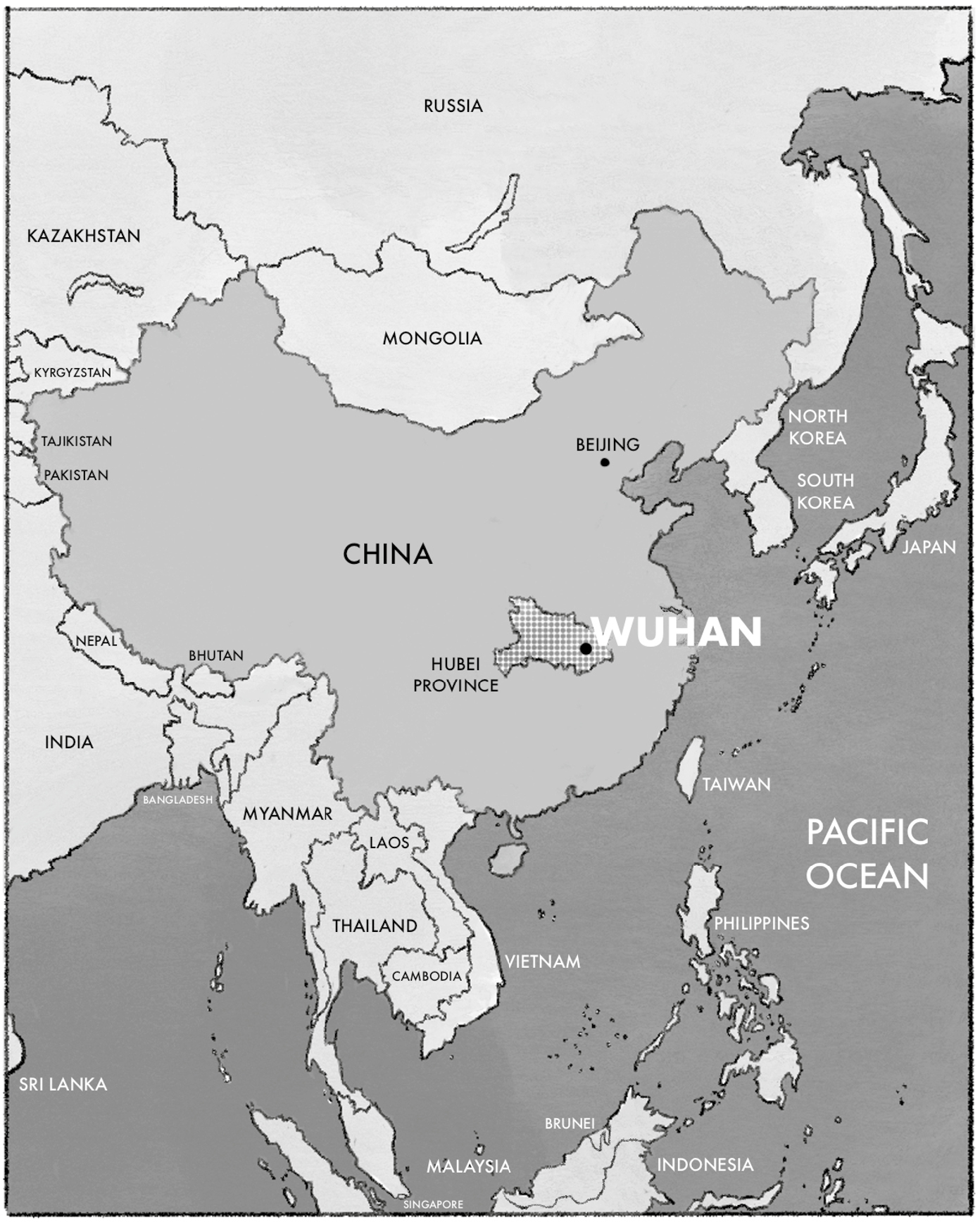
In February, the first COVID-19-related deaths outside China were recorded. Then the number of COVID-19 cases began to rise in several countries, especially in Italy and Iran. Governments tried to halt the spread of the disease by ordering lockdowns: Most businesses had to close, and people had to stay in their homes as much as possible. The lockdowns forced children to attend school online from home and adults to work remotely as well. But other people still had to report to work because their jobs were considered important. These essential workers included doctors and nurses, police officers, firefighters, delivery people, bus drivers, and workers in grocery stores.

